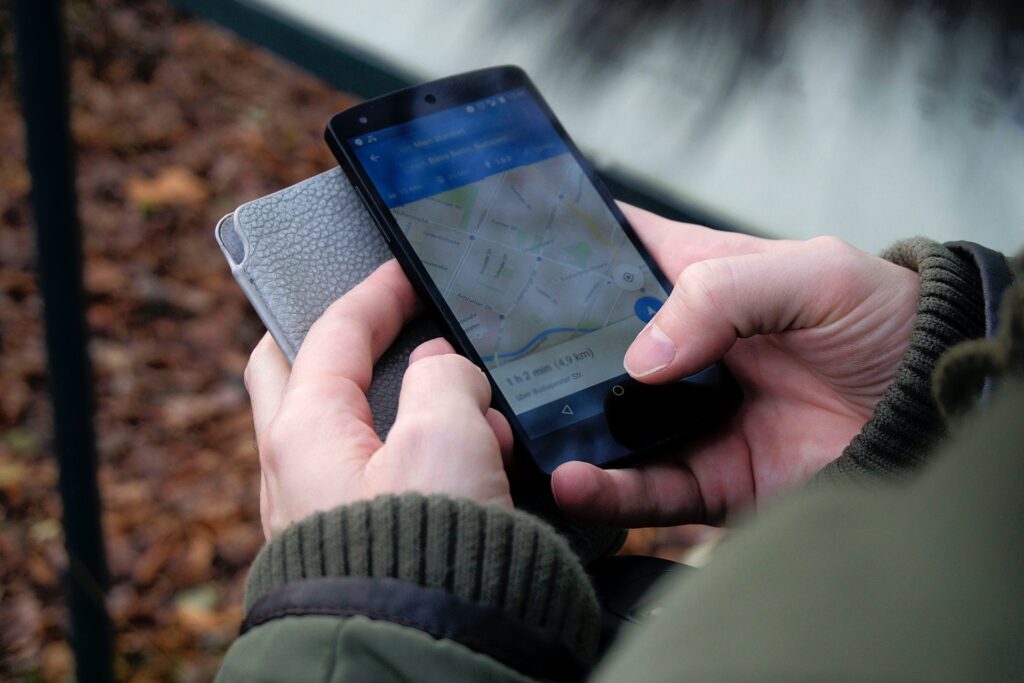GPS technology has become an integral part of modern life, allowing people to navigate and track their location with incredible accuracy. This technology has also transformed the way people approach outdoor activities such as hiking, camping, and backpacking. With the ability to navigate with precision, track your progress, and plan your route, GPS devices have unlocked the potential for outdoor enthusiasts to explore new areas and push their limits.
In this article, we’ll explore the benefits of GPS technology for outdoor enthusiasts, discuss the different types of GPS devices available, and provide tips for using GPS technology effectively in outdoor activities. We’ll also address some common misconceptions about GPS devices and offer advice for choosing the right device for your needs.
The Benefits of GPS Technology for Outdoor Enthusiasts
Improved Safety
One of the most significant benefits of GPS technology for outdoor enthusiasts is improved safety. GPS devices allow hikers and backpackers to navigate with precision, which can be especially important in challenging terrain or when weather conditions are poor. In the event of an emergency, GPS devices can also provide your exact location, making it easier for rescue teams to locate you.
Precise Navigation
GPS devices offer incredibly precise navigation, allowing users to pinpoint their exact location on a map and track their progress as they move. This can be especially helpful when navigating through unfamiliar terrain or when traveling off-trail. With GPS technology, you can also mark waypoints and create routes, making it easier to plan your trip and navigate to your destination.
Efficient Tracking
GPS devices allow outdoor enthusiasts to track their progress with incredible accuracy, providing data on distance traveled, elevation gain, and more. This information can be incredibly helpful when planning future trips or training for specific goals.
Better Trip Planning
With GPS technology, outdoor enthusiasts can plan their trips with greater precision, using tools such as topographic maps and satellite imagery to identify potential routes and landmarks. GPS devices can also provide information on trail conditions and points of interest, making it easier to plan an enjoyable and safe trip.


